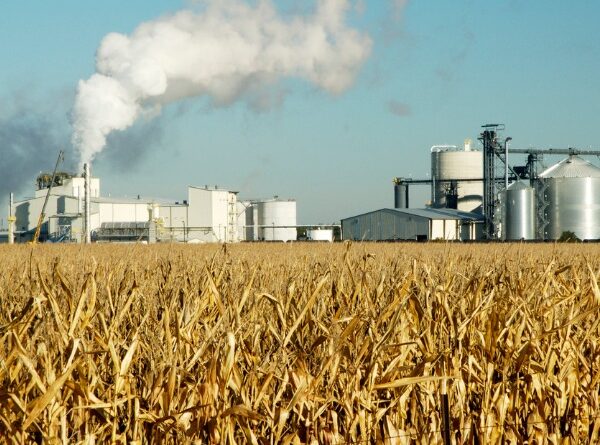Surplus Broken Rice to be Channelled into Ethanol Production, Says Secretary, Department of Food and Public Distribution, India.
By M&M Bureau
Biofuels are not just about slashing carbon emissions—they’re about fuelling rural prosperity, boosting farm value, and securing India’s energy future, declared Sanjeev Chopra, Secretary, Ministry of Food and Public Distribution, at the Society of Indian Automobile Manufacturers (SIAM) conference.
Chopra stressed that ethanol and electric vehicles (EVs) should be seen as allies, not rivals.
“Ethanol and EVs are complementary solutions. It’s not ‘either-or’—both can evolve together to meet consumer needs, producer capabilities, and environmental goals,” he said.
Lessons from Global Leaders
Chopra drew on successful international models that India could adapt:
- Brazil: Blends 27% sugarcane-based ethanol with petrol, cutting oil imports and raising rural incomes.
- United States: Nearly 10% corn-based ethanol blend has supported farmers and reduced transport emissions.
- Indonesia: B35 biodiesel mandate using palm oil has lowered imports and benefited farmers.
Building a Diverse Ethanol Economy
The government’s push for a sustainable ethanol supply chain includes:
- Broken Rice Utilisation: From October 2025, 50 lakh tonnes of fortified rice in five states will be freed up for ethanol production without impacting food security.
- Maize Boom: Output is set to jump from 34 MT to 42.5 MT in just two years, thanks to improved varieties and farming practices.
- Sweet Sorghum Trials: Tests show it can be processed in sugar mills with no major changes, potentially meeting 10% of ethanol demand.

Beyond Energy: A Rural Growth Engine
According to Chopra, linking biofuels to crops like sugarcane, maize, and sorghum can stabilise farm incomes, reduce stockpiles, and cut oil imports.
He also pointed out that a diversified energy strategy could shield India from global supply chain shocks in critical EV materials like lithium and semiconductors.
“We can turn surplus harvests into sustainable energy, rural growth into national resilience, and agricultural value into lasting prosperity,” he concluded.

